Japanese Herbs And Spices: Growing A Japanese Herb Garden
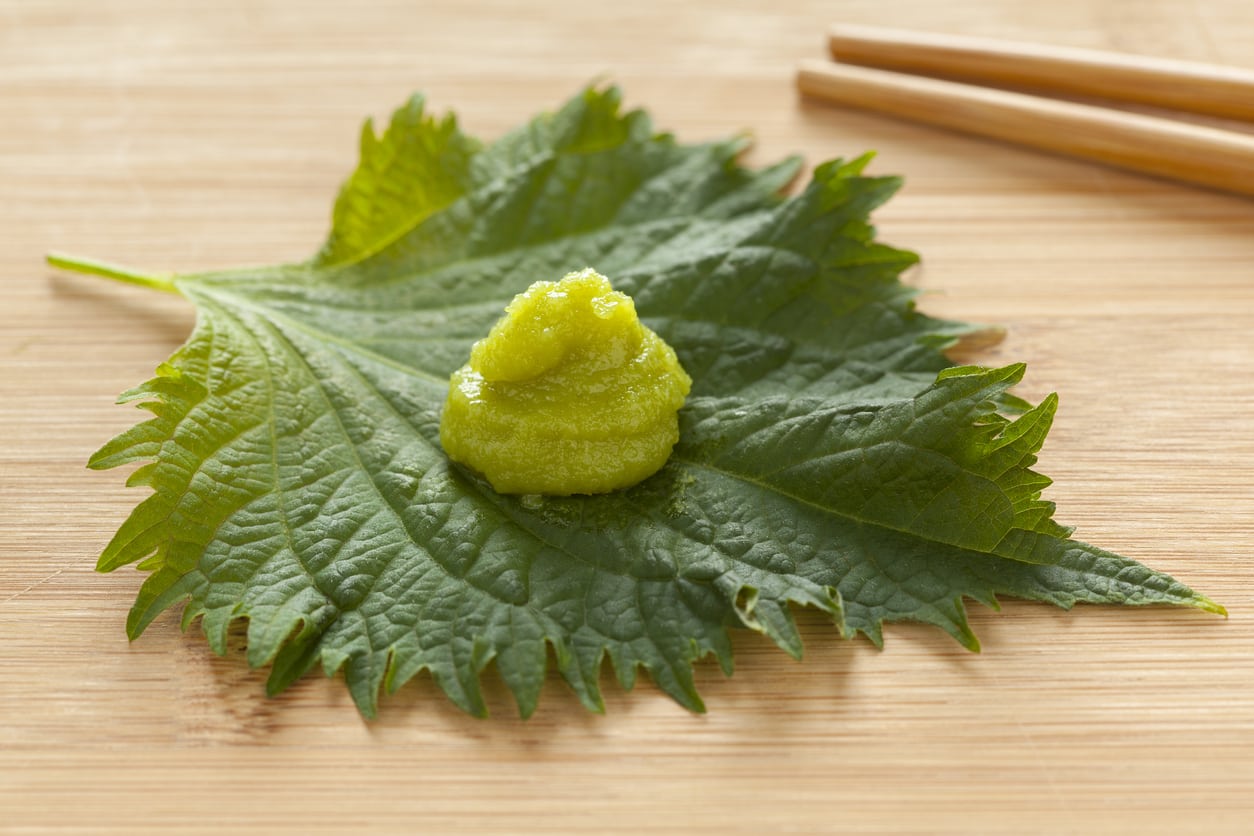

The herb garden has been an important part of Japanese culture for thousands of years. Today, when we hear “herb” we tend to think of the spices we sprinkle on our food for flavor. However, Japanese herb plants usually have both culinary and medicinal value. Centuries ago, you could not run to the local clinic to treat illnesses, so these things were treated at home with fresh herbs from the garden. Continue reading to learn how to grow Japanese herbs in your own garden. You just may discover that you already are growing some traditional Japanese herbs and spices.
Growing a Japanese Herb Garden
Up until the 1970s, plant imports were not very regulated. Because of this, for centuries immigrants to the U.S. from other countries, such as Japan, usually brought with them seeds or live plants of their favorite culinary and medicinal herbs. Some of these plants thrived all too well and became invasive, while others struggled and died in their new environment. In other cases, the early American immigrants realized that some of the same herbs already grew here. Though today these things are much more regulated by government agencies, you can still create a Japanese herb garden no matter where you live. The traditional Japanese herb garden, like the potagers of Europe, were placed close to the home. This was planned so that one could simply walk out the kitchen door and snip off some fresh herbs for cooking or medicinal use. Japanese herb gardens consisted of fruits, vegetables, ornamentals, and, of course, culinary and medicinal Japanese herbs and spices. Like any herb garden, plants could be found in garden beds as well as in pots. Japanese herb gardens were laid out to not only be useful, but to also be aesthetically pleasing to all the senses.
Herbs for Japanese Gardens
While the Japanese herb garden layout is not really different from other herb gardens found around the world, the herbs for Japanese gardens do differ. Here are some of the most common Japanese herb plants: Shiso (Perilla fructescens) – Shiso is also known as Japanese basil. Both its growth habit and herbal uses are very similar to basil. Shiso is used at almost all stages. The sprouts are used as garnish, the large mature leaves are used whole as wraps or shredded for garnish, and the flower buds are pickled for a favorite Japanese treat called hojiso. Shiso comes in two forms: green and red. Mizuna (Brassica rapa var. niposinica) – Mizuna is a Japanese mustard green that is used in the same way as arugula. It adds a mildly peppery taste to dishes. The stalks are also pickled. Mizuna is a small leafy vegetable that grows best in shade to part shade and can be used in container gardens. Mitsuba (Cryptotaenia japonica) – Also known as Japanese parsley, although all parts of the plant are edible, its leaves are most commonly used as a garnish. Wasabina (Brassica juncea) – Another Japanese mustard green that adds a spicy flavor to dishes is wasabina. The tender young leaves are eaten fresh in salads or used in soups, stir fries or stews. It is used like spinach. Hawk Claw chili pepper (Capsicum annuum) – Grown as an ornamental pepper worldwide, in Japan, Hawk Claw chili peppers are known as Takanotsume and are an important ingredient in noodle dishes and soups. The claw-shaped chili peppers are very spicy. They are usually dried and ground before using. Gobo/Burdock root (Arctium lappa) – In the U.S., burdock is usually treated like a nuisance weed. However, in other countries, including Japan, burdock has highly prized as a valuable food source and medicinal herb. Its starchy root is chock full of vitamins and is used much like a potato. The young flower stalks are also used like artichoke. Negi (Allium fistulosum) – Also known as Welsh onion, Negi is a member of the onion family that is traditionally used like scallions in many Japanese dishes. Wasabi (Wasibi japonica “Daruma”) – Wasabi is a form of green horseradish. Its thick root is made into the traditional, spicy paste commonly found in Japanese recipes.
Gardening tips, videos, info and more delivered right to your inbox!
Sign up for the Gardening Know How newsletter today and receive a free copy of our e-book "How to Grow Delicious Tomatoes".
-
 Create A Romantic Garden Straight Out Of Bridgerton: Regency Era Romance In Your Garden
Create A Romantic Garden Straight Out Of Bridgerton: Regency Era Romance In Your GardenTry some romantic garden ideas straight out of Bridgerton. Flowers and gardens in the Regency era were lush and charming and you can get the same look!
By Bonnie L. Grant
-
 Moody Blooms For Spring: 8 Types Of Black Flowers To Add Drama To Spring Displays
Moody Blooms For Spring: 8 Types Of Black Flowers To Add Drama To Spring DisplaysFrom midnight burgundies to inky violets, several types of black flowers can enrich and embolden a spring display. Try these brooding bloomers for a moody garden
By Tonya Barnett
-
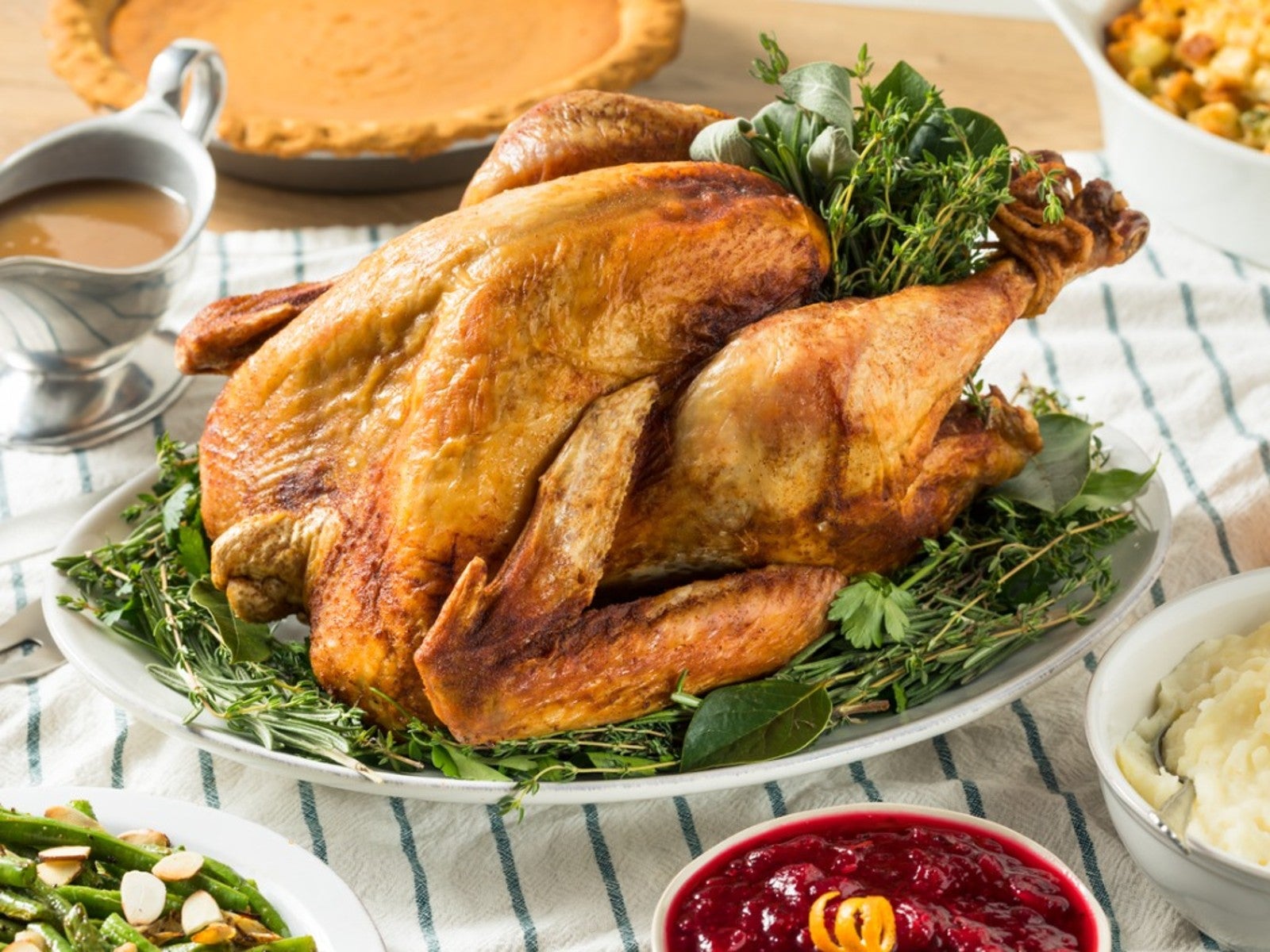 Grow Tasty Herbs For Roast Turkey In Your Garden
Grow Tasty Herbs For Roast Turkey In Your GardenCan you season your turkey with herbs you grow in your own garden? Yes! Click to learn more.
By Amy Grant
-
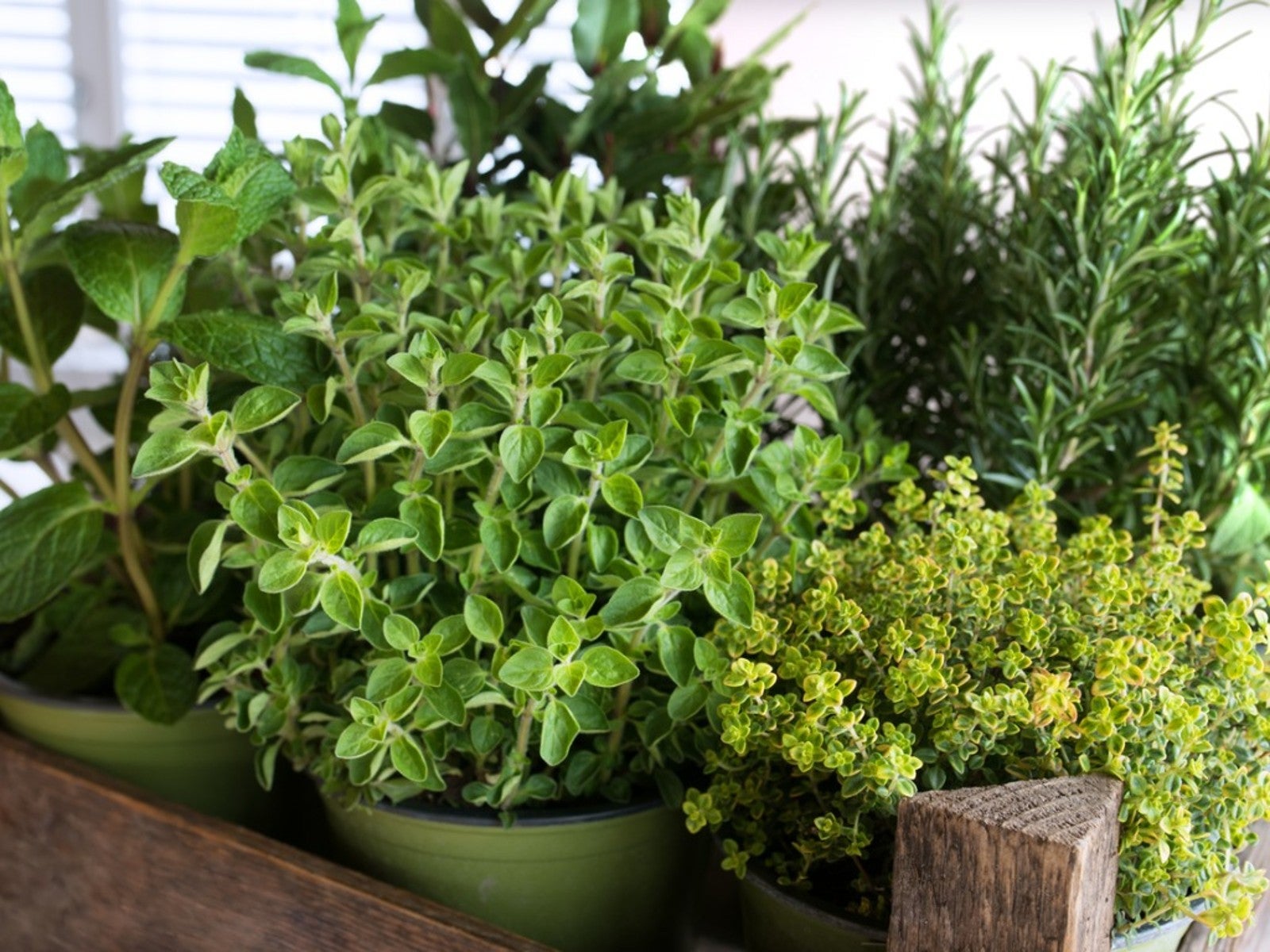 10 Easy Herbs For Beginners
10 Easy Herbs For BeginnersIf you’re new to herb growing, there are some perfect beginner herbs that are low maintenance and easy. Here are our top ten.
By Mary Ellen Ellis
-
 How To Make A Rain Gutter Herb Garden
How To Make A Rain Gutter Herb GardenOne really fun look outside the box is a hanging rain gutter herb garden. A gutter planter is a unique way to house and showcase plants.
By Bonnie L. Grant
-
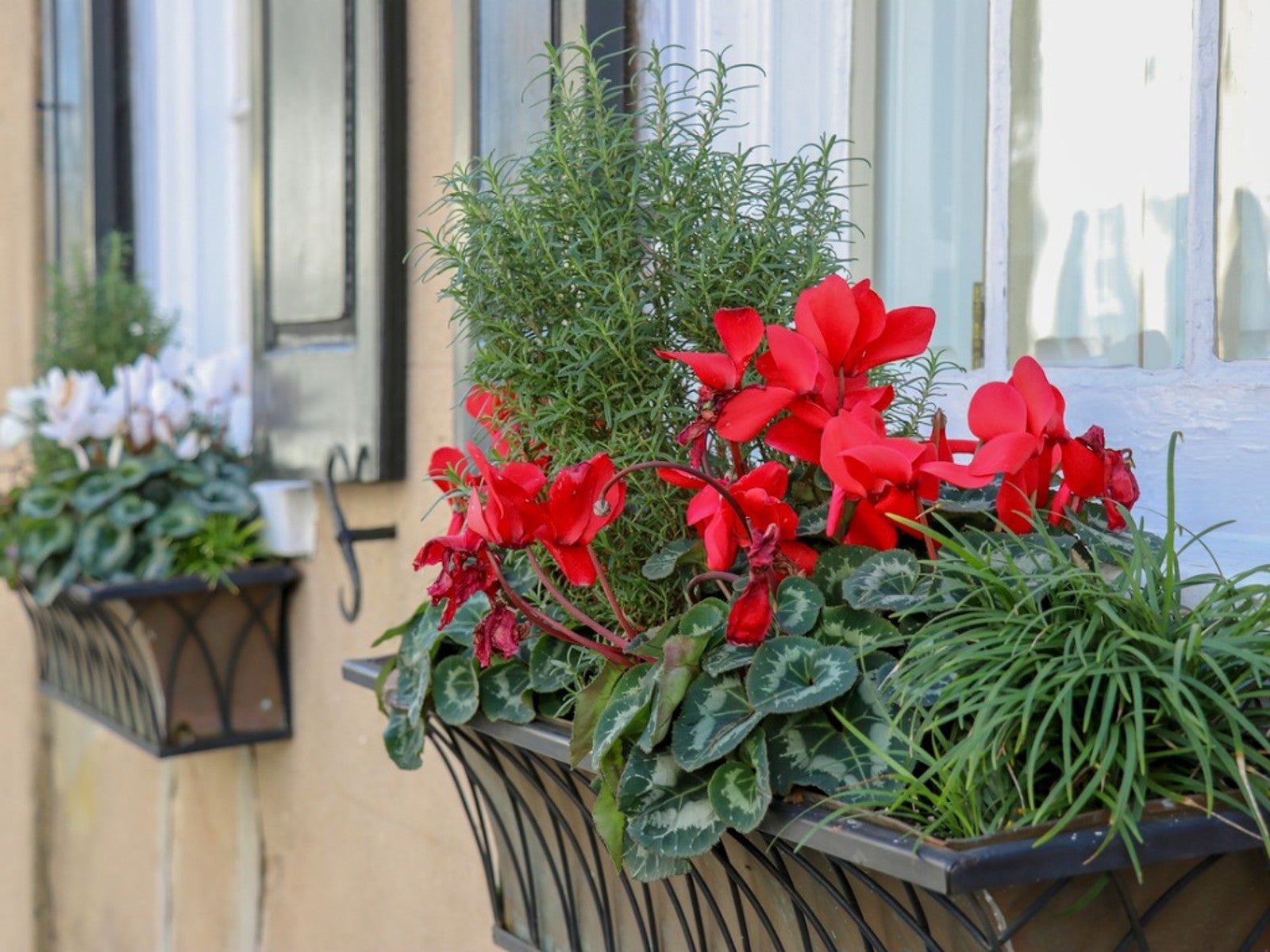 Grow A Beautiful, Edible Herb Window Box
Grow A Beautiful, Edible Herb Window BoxGrowing herbs in window boxes is a space-saving method for producing culinary ingredients for kitchen use. Click for more.
By Laura Miller
-
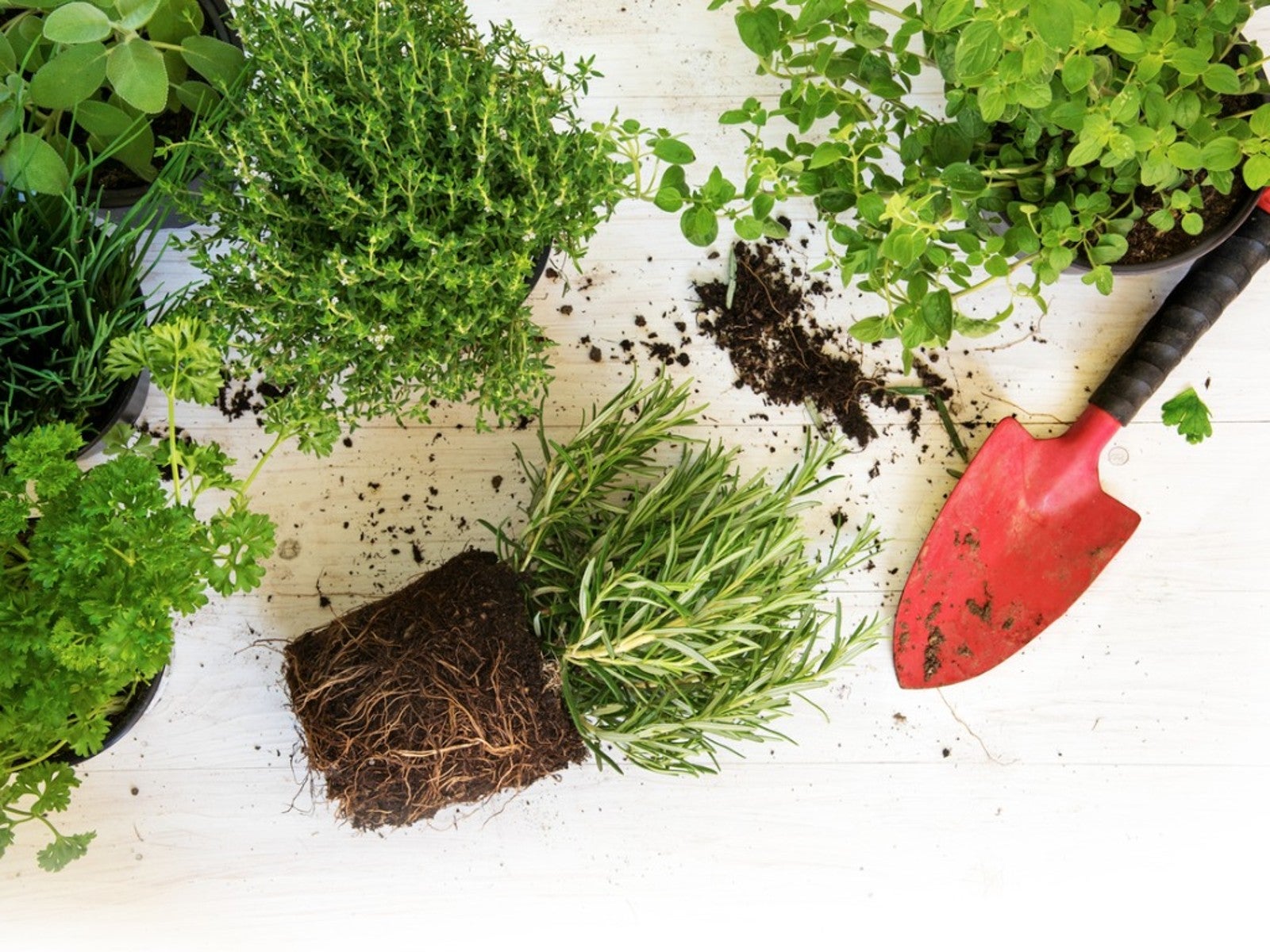 Best Herbs To Direct Sow Vs. Start Indoors
Best Herbs To Direct Sow Vs. Start IndoorsKnowing when to buy herb plants or start them from seeds or cuttings is essential to your success. Read on to learn more.
By Laura Miller
-
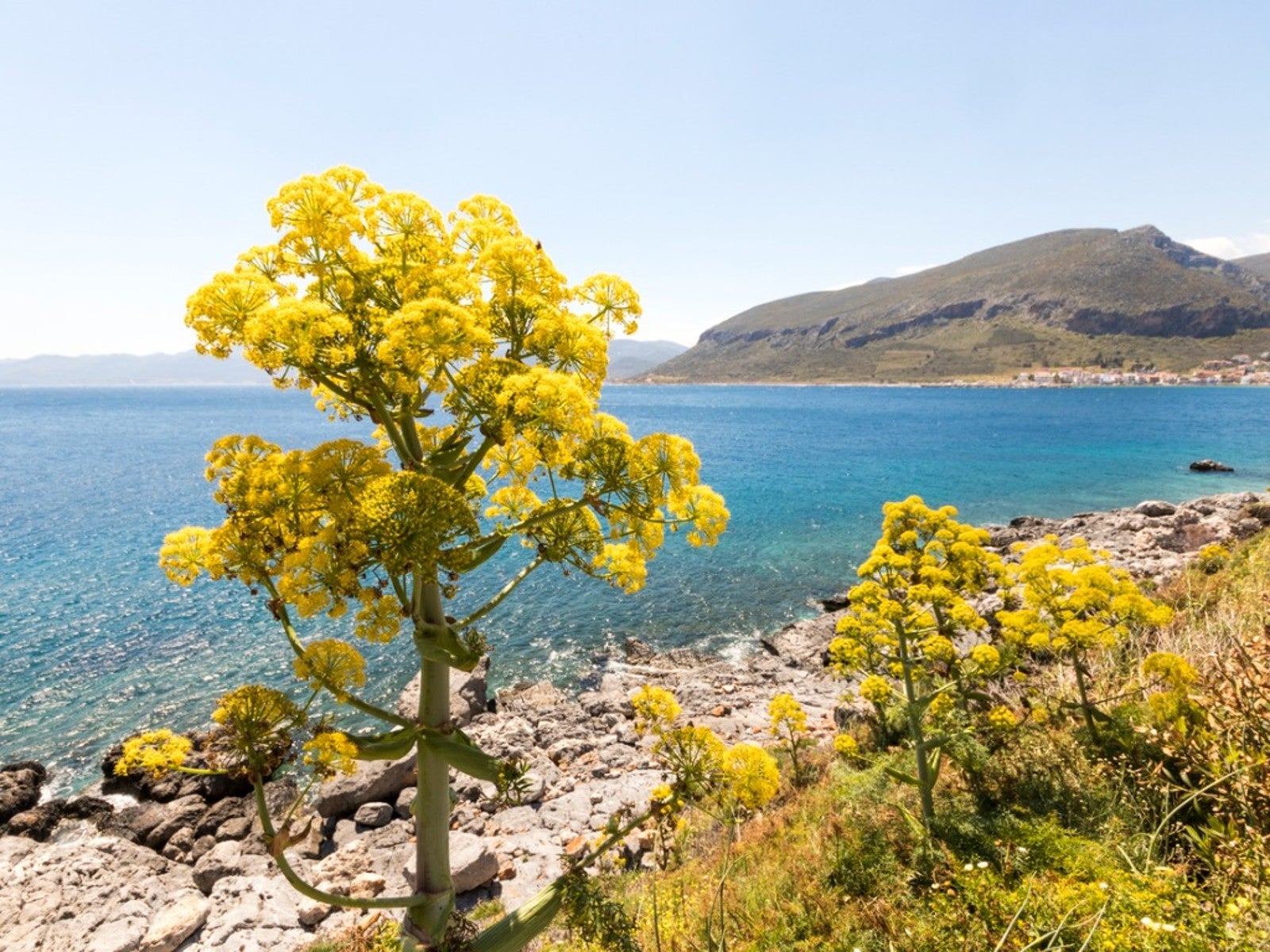 Learn About The Highly Prized Silphium Herb
Learn About The Highly Prized Silphium HerbWhat if there was a perfect plant? In ancient times such a treasure existed. It was the silphium plant.
By Laura Miller
-
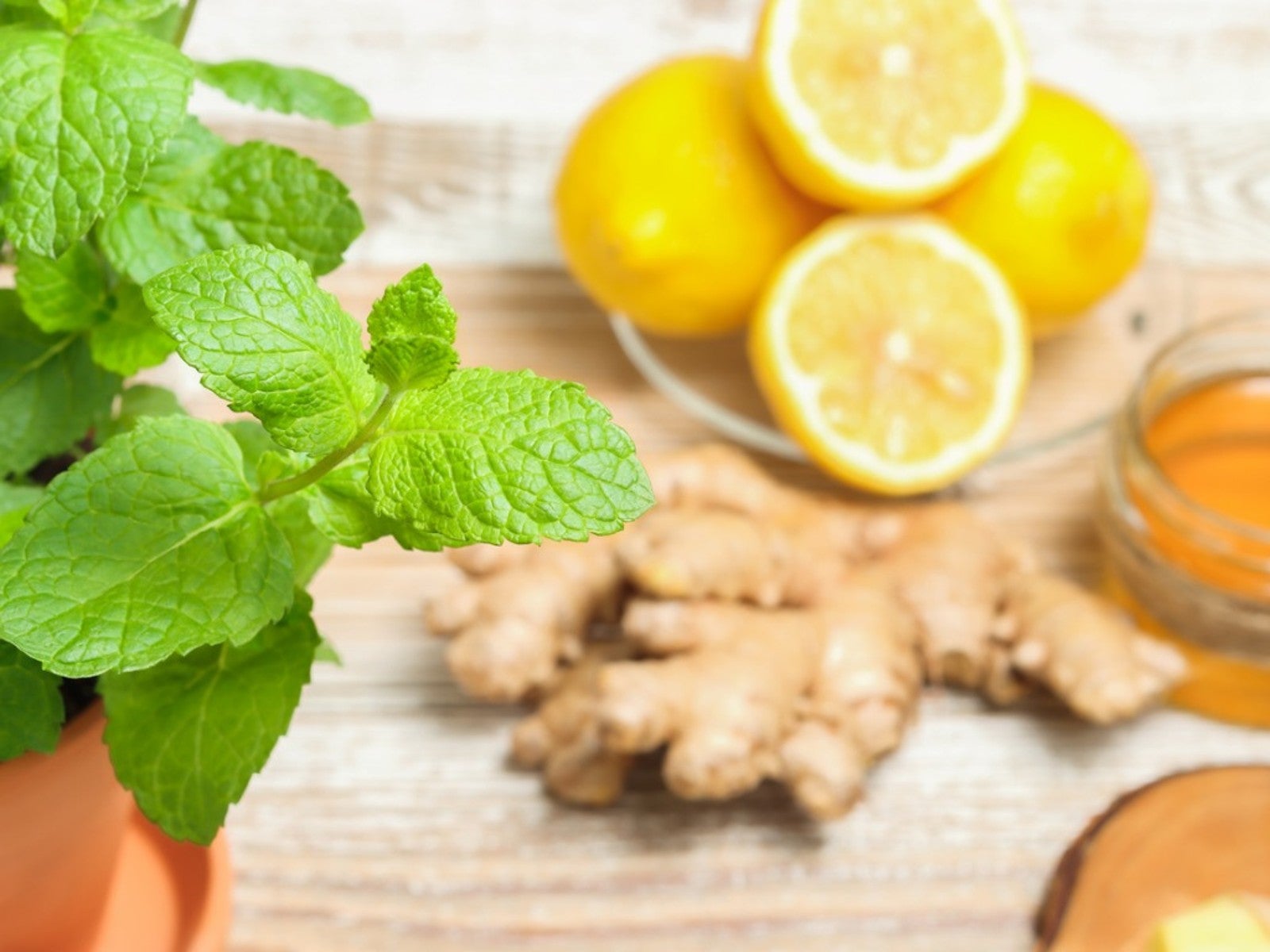 Grow Healing Herbs Indoors: Combat Winter Illness With A Medicinal Garden
Grow Healing Herbs Indoors: Combat Winter Illness With A Medicinal GardenIf you are growing medicinal plants at home, did you know you also can grow an indoor medicinal herb garden? Read on for more.
By Susan Albert
-
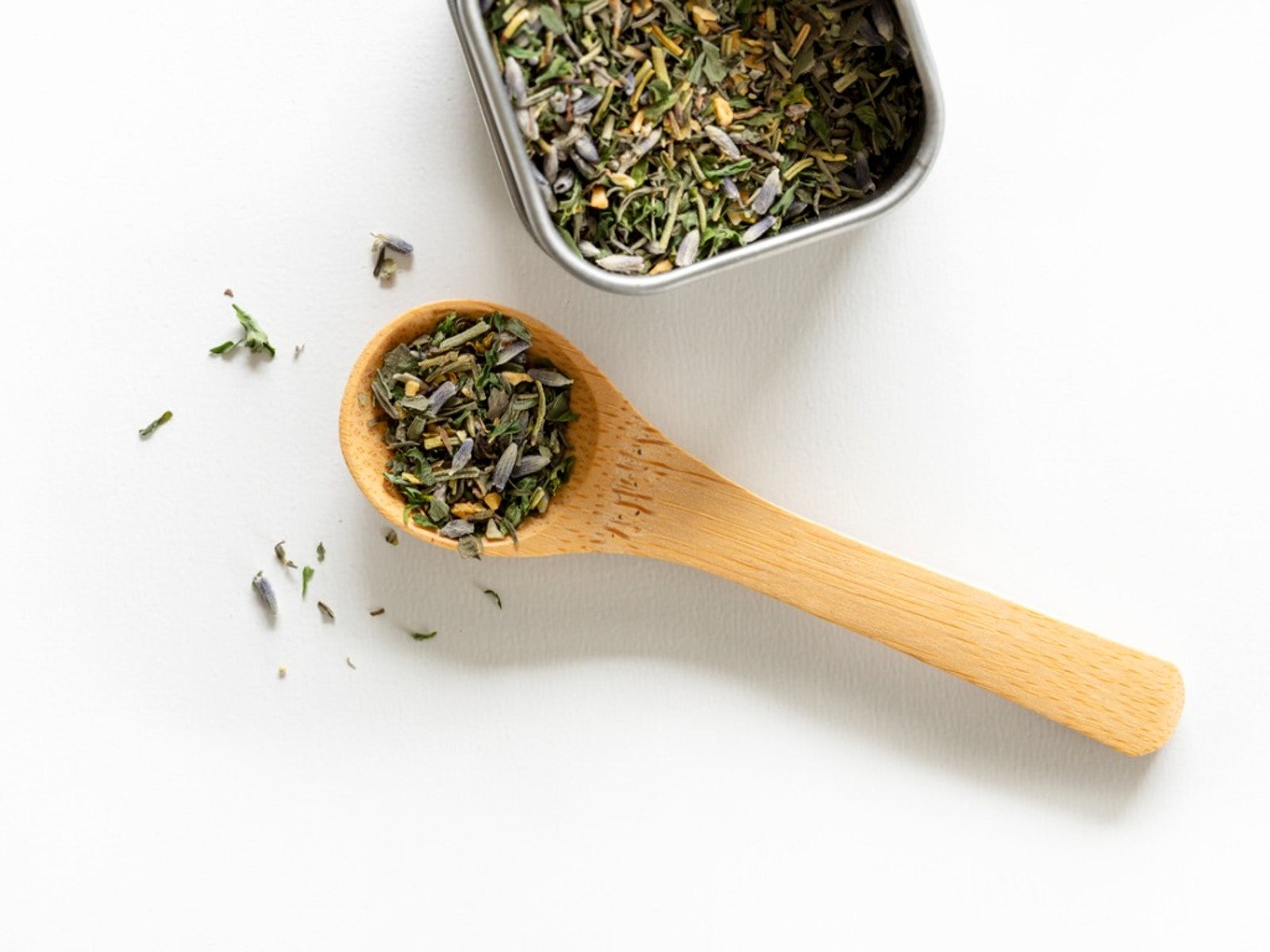 Grow Your Own Herbes De Provence - How To Grow, Dry, And Store Herbs
Grow Your Own Herbes De Provence - How To Grow, Dry, And Store HerbsHomemade gifts can add that special touch to any occasion, such as a jar of herbes de provence. Click here to learn how to grow and make your own for gifting.
By Laura Miller